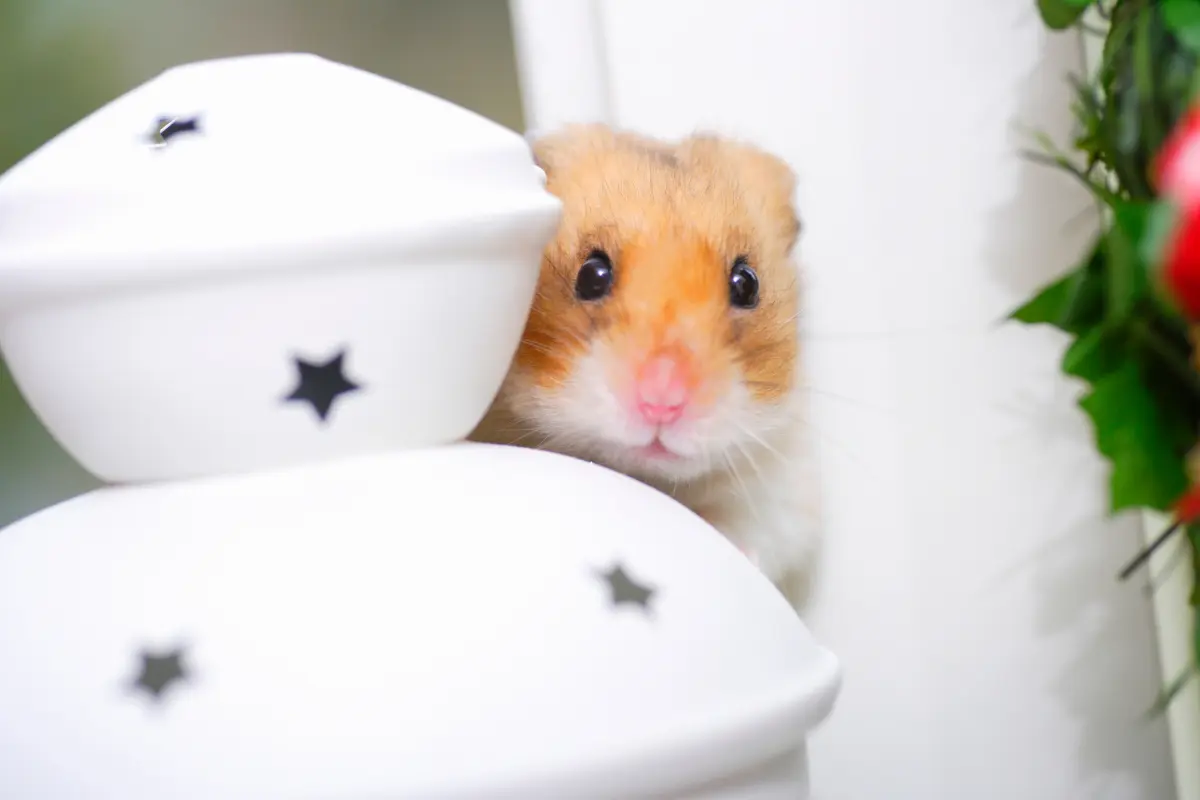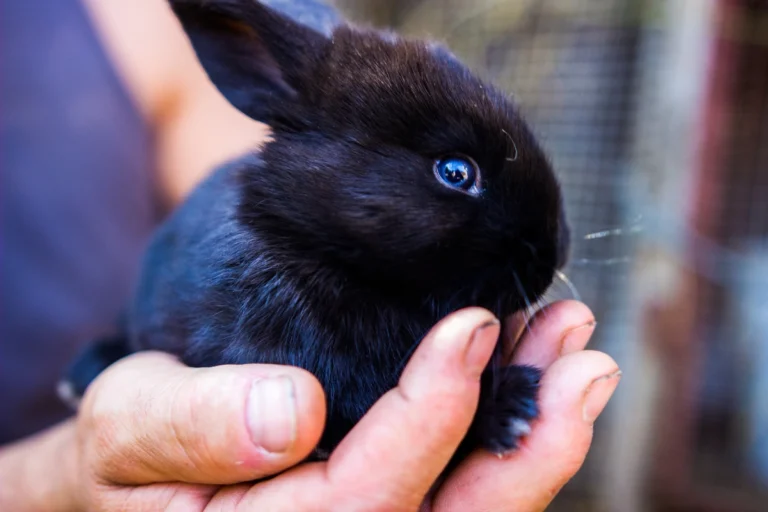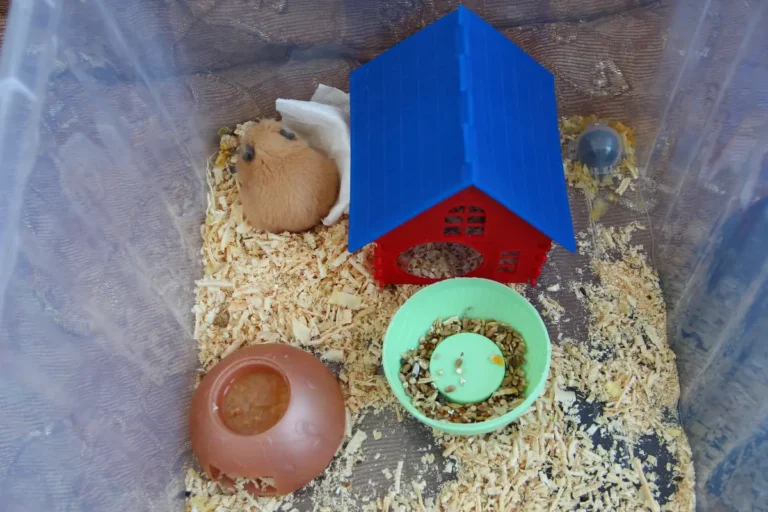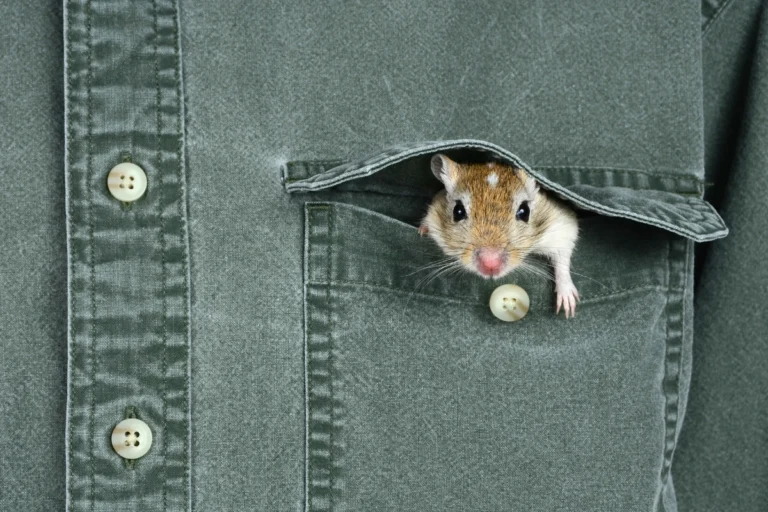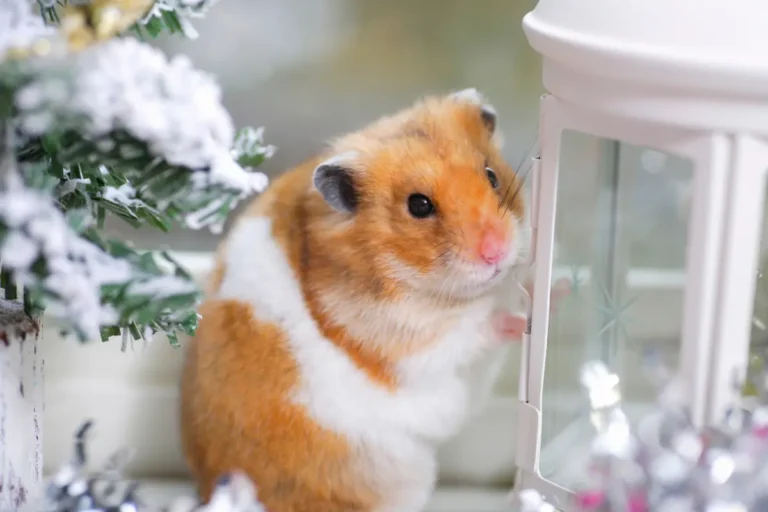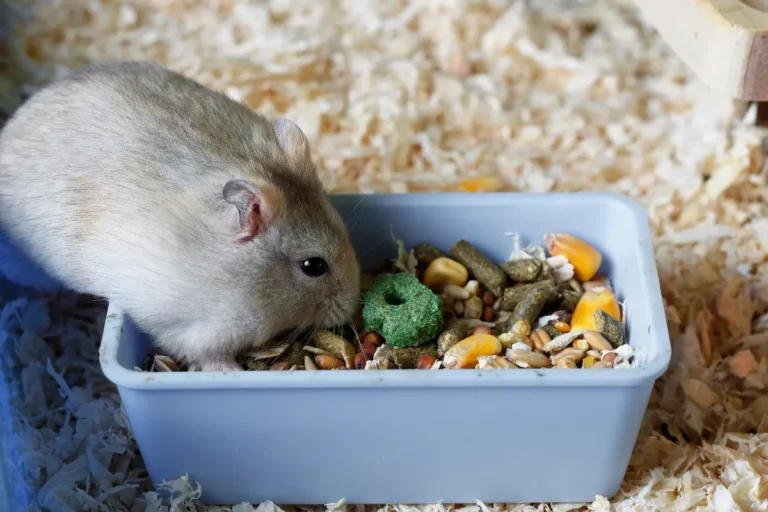Is Your Hamster Scared? Identifying and Reducing Their Fears
Hamsters are small, sensitive animals that can easily become frightened by certain stimuli in their environment. As prey animals, their natural instincts make them alert to potential threats, leading them to be cautious and, at times, easily scared.
Recognizing and understanding the sources of fear in hamsters can help you create a comforting, low-stress environment, promoting a happy and healthy life for your furry friend.
1. Loud Noises
Hamsters have excellent hearing and are particularly sensitive to sudden, loud noises. Unexpected sounds like doors slamming, loud music, vacuum cleaners, or even the sound of barking dogs can startle them.
Why Loud Noises Scare Hamsters:
As prey animals, hamsters perceive loud noises as signs of danger. In the wild, sudden sounds could indicate a predator nearby, triggering a survival instinct to hide or freeze. In captivity, they retain these instincts, which is why loud noises cause fear and stress.
How to Help:
- Position the Cage in a Quiet Area: Place your hamster’s cage in a quiet room, away from high-traffic areas or household appliances.
- Limit Exposure to TV and Music: Avoid placing the cage near speakers or televisions, as constant or loud sound can increase stress.
- Use White Noise: Soft background sounds like white noise can help mask other noises, making the environment more consistent and soothing for your hamster.
2. Sudden Movements
Quick or unexpected movements around a hamster’s cage can startle them, as they may perceive it as a predatory attack. Even the act of reaching into their cage suddenly can cause fear.
Why Sudden Movements Scare Hamsters:
Hamsters have poor eyesight, relying more on their sense of smell and hearing. Sudden movements that they cannot immediately identify may trigger their flight-or-freeze response, as it could signal a threat.
How to Help:
- Move Slowly: Approach the cage calmly and avoid rapid or abrupt movements.
- Give Warning Before Interaction: Make gentle sounds like talking or tapping lightly on the cage before reaching in, giving them time to notice and recognize you.
- Practice Gentle Handling: Regular, slow interactions can help your hamster become accustomed to your movements, reducing fear over time.
3. New Environments
Hamsters are creatures of habit and often feel safest in familiar surroundings. When moved to a new environment, they may become anxious, hiding or freezing as they adapt to their new space.
Why New Environments Scare Hamsters:
In the wild, new surroundings mean unfamiliar dangers. For hamsters, the need for safe, predictable places to hide is crucial. A new cage setup or a different location can trigger stress as they acclimate.
How to Help:
- Gradual Acclimation: If you must change their environment, do so gradually. Introduce new cage accessories one at a time and give your hamster a chance to explore each new item.
- Retain Familiar Scents: Keeping some old bedding in the cage can help make the new space smell familiar, providing comfort and reassurance.
- Limit Major Changes: Only rearrange their cage setup when necessary to avoid unnecessary stress.
4. Predator Scents
Hamsters have an acute sense of smell and can detect the scent of potential predators like dogs, cats, and other larger animals. Even if the predator is not physically close, the scent alone can cause a fearful response.
Why Predator Scents Scare Hamsters:
Scent is a primary way that hamsters detect potential dangers. The smell of a predator may trigger a fight-or-flight response, making them feel vulnerable and on edge.
How to Help:
- Limit Other Pets Around the Cage: Keep dogs, cats, or other predator animals away from your hamster’s space. Avoid letting them sniff around the cage.
- Wash Hands Before Handling: If you’ve been handling other animals, wash your hands before interacting with your hamster to remove any lingering scents.
- Separate Animal Areas: Try to maintain separate zones for hamsters and other household pets to reduce stress.
5. Being Grabbed or Handled Too Quickly
For a prey animal, the sensation of being grabbed can be terrifying, as it mimics the feeling of being captured by a predator. Picking up a hamster too suddenly or from above can lead to panic, especially if they are not used to being handled.
Why Being Grabbed Scares Hamsters:
Hamsters’ survival instincts tell them that being lifted or grabbed could mean they’re being preyed upon. When handled incorrectly, they may react by biting or attempting to flee.
How to Help:
- Approach from the Side: Always approach your hamster from the side rather than from above, as this is less intimidating for them.
- Let Them Climb onto Your Hand: Instead of picking them up directly, offer your hand as a platform for them to climb onto. This gives them control over the interaction.
- Practice Gradual Handling: Gradually introduce handling in short, gentle sessions, allowing your hamster to build trust over time.
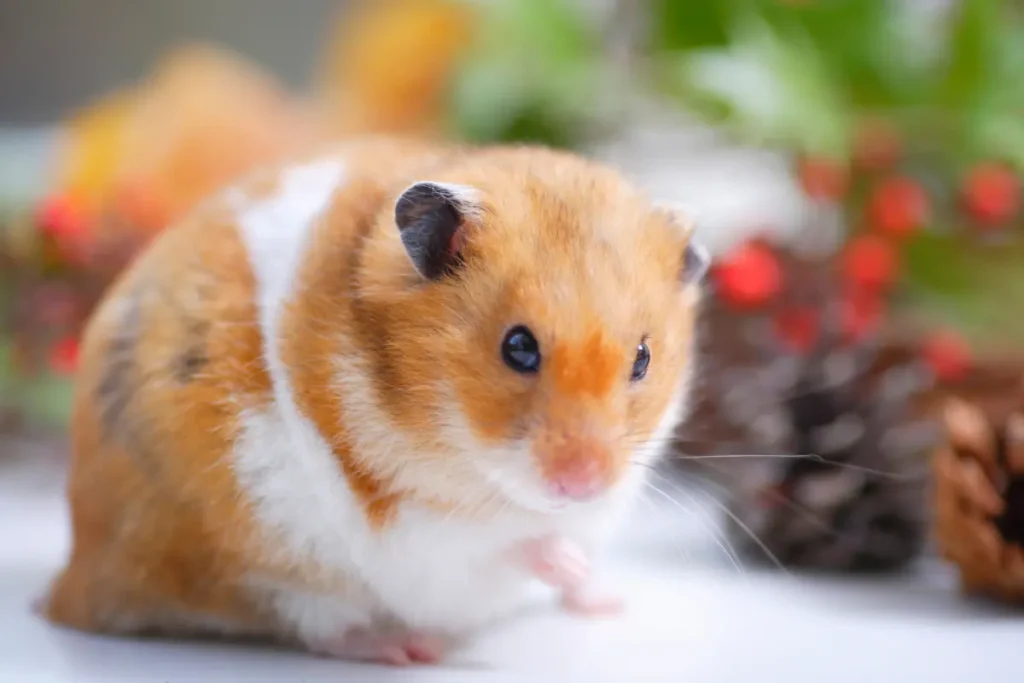
6. Bright Lights
Hamsters are nocturnal animals with low-light vision, making them more comfortable in dim environments. Bright, direct lights can cause stress and make them feel exposed, especially if the lights are switched on suddenly.
Why Bright Lights Scare Hamsters:
In the wild, bright light is associated with daytime when predators are active. For nocturnal animals like hamsters, sudden or intense light can cause disorientation and a heightened sense of vulnerability.
How to Help:
- Avoid Direct Light Sources: Position the cage away from direct sunlight or strong lights, as these can be overwhelming.
- Dim Lighting for Interaction: Use dim lights when interacting with your hamster in the evening or early morning, aligning with their natural activity periods.
- Cover the Cage at Night: If necessary, place a lightweight cover over part of the cage to block out excess light, but ensure there’s adequate ventilation.
7. Temperature Changes
Hamsters are sensitive to temperature and can become distressed in environments that are too hot, too cold, or fluctuate frequently. Extreme temperatures can lead to hibernation or heat stress, which is dangerous for hamsters.
Why Temperature Changes Scare Hamsters:
Hamsters are adapted to a specific temperature range, generally between 65-75°F (18-24°C). Sudden changes can disrupt their body’s natural balance, triggering fear or physical stress.
How to Help:
- Stable Room Temperature: Keep your hamster’s environment within the ideal temperature range to ensure comfort.
- Avoid Drafts and Direct Heat Sources: Position the cage away from drafty windows, air conditioners, and heaters.
- Monitor Seasonal Changes: Be mindful of seasonal changes, as hamsters may be prone to hibernation attempts if it gets too cold.
8. Strangers and New Scents
Hamsters rely heavily on scent to recognize safe individuals and environments. When introduced to strangers or unfamiliar scents, they may feel anxious and become more cautious.
Why Strangers and New Scents Scare Hamsters:
Unfamiliar scents can be interpreted as new potential dangers, causing hamsters to hide or freeze as a protective measure.
How to Help:
- Limit Contact with Strangers: Avoid having strangers handle your hamster until it becomes comfortable in its environment.
- Introduce New Scents Gradually: If a friend or family member wants to interact with your hamster, let them leave a piece of cloth with their scent in the cage first, allowing the hamster to become familiar with the smell before direct contact.
- Build a Routine: Regular routines with minimal scent changes can help your hamster feel secure and less threatened.
Recognizing Signs of Fear in Hamsters
Understanding when your hamster is afraid is essential to providing a safe, supportive environment. Here are common signs that your hamster may be feeling scared or stressed:
- Freezing or Staying Still: This instinctive reaction is often a way for hamsters to avoid detection.
- Hiding: Excessive hiding, especially during usual active hours, may indicate stress or fear.
- Aggressive Behaviors: Biting or lunging can be a defensive response when a hamster feels threatened.
- Excessive Grooming: Over-grooming or scratching may be a sign of anxiety.
- Rapid Breathing: A frightened hamster may show shallow, rapid breathing.
With patience and attention to their needs, you’ll develop a strong bond with your hamster, helping them feel safe and at ease in their new home.
